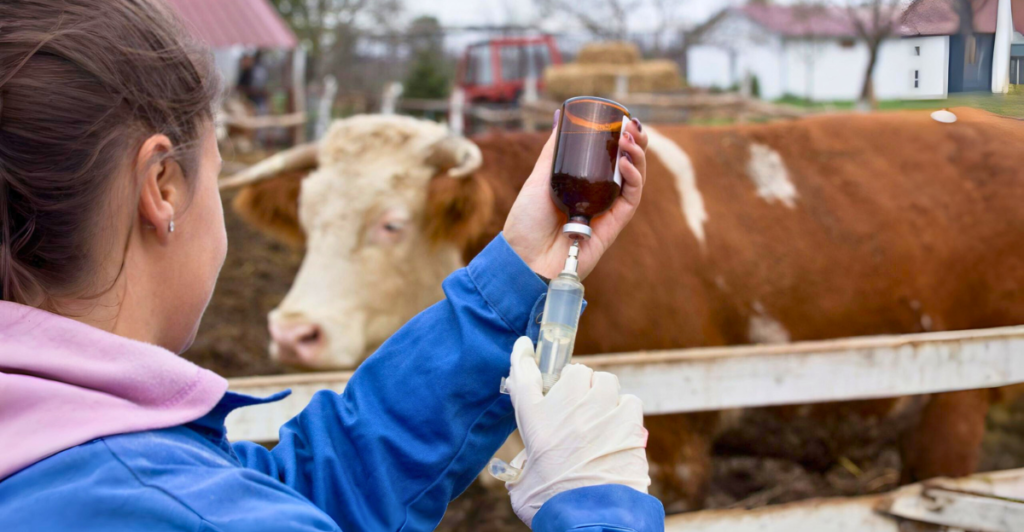
Over the last decade, Europe has made major moves to cut down on antibiotics in livestock—and we’re not talking baby steps. We’re talking about a 53% drop in usage since 2011. Meanwhile, the U.S. is still dosing animals like they’ve got a standing prescription. Why does this matter? Because all those antibiotics don’t just disappear—they build resistance. And when bacteria become immune, we’re left with superbugs that laugh in the face of modern medicine. So now the big question is: if Europe pulled it off, why hasn’t America followed suit? Let’s break down what Europe did right, what the U.S. is doing wrong, and what’s really at stake.
Europe Cracked Down, and Hard
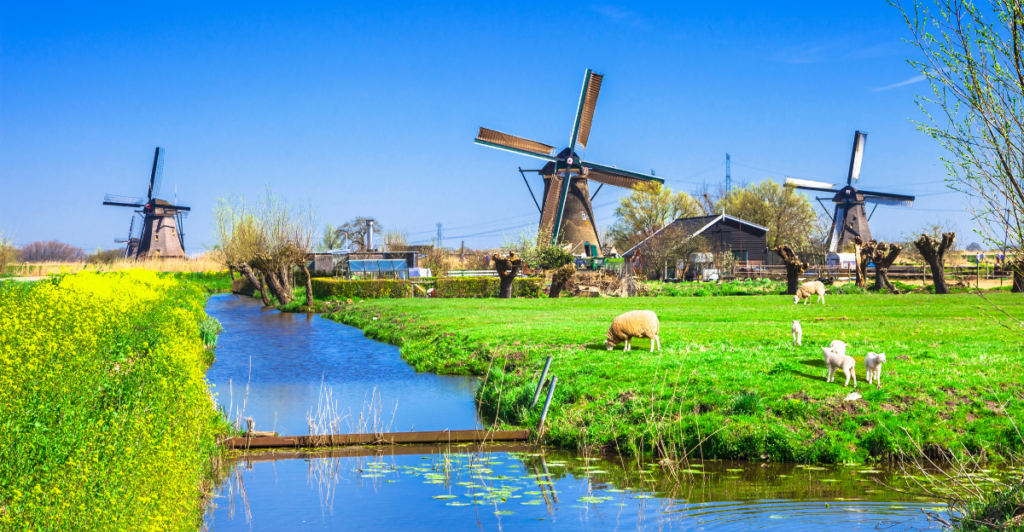
Back in 2006, the EU banned the use of antibiotics solely for growth promotion in animals. Since then, they’ve gotten even tougher—setting strict vet oversight rules and pushing farmers toward better hygiene and vaccination strategies. Countries like the Netherlands and Denmark didn’t just comply—they got competitive. The Netherlands slashed usage by over 70% in a decade. And no, their farms didn’t collapse. The animals stayed healthy, the meat industry didn’t tank, and consumers got safer products. The best part? They did it without banning antibiotics entirely—just using them responsibly. It’s not rocket science, it’s regulation that actually works.
What Happened When Europe Cut the Drugs?
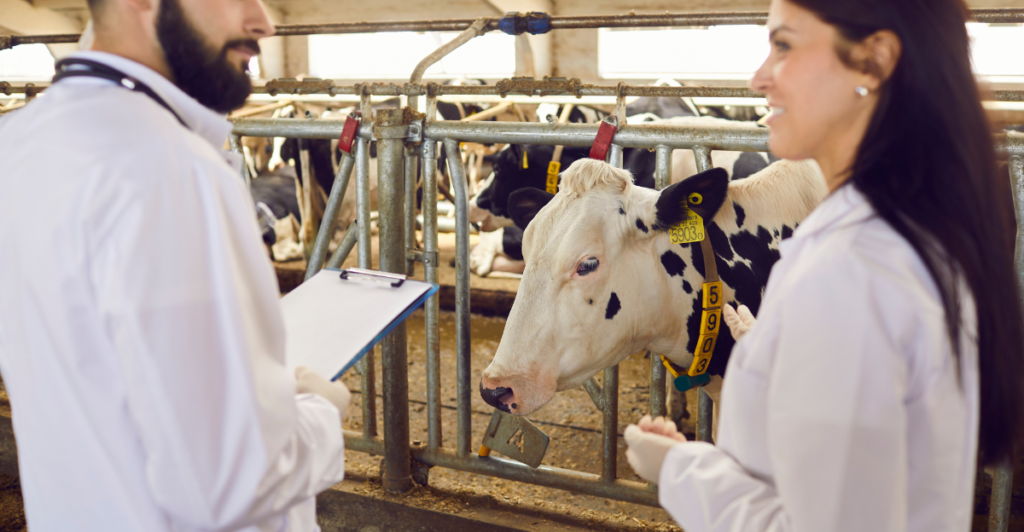
Turns out, good things happen when you stop casually handing out antibiotics like breath mints. Europe saw a measurable drop in antimicrobial resistance in both livestock and people. According to the European Medicines Agency, there’s been a strong correlation between lower antibiotic use and fewer resistant infections. Animal health didn’t suffer, and productivity barely blinked. Plus, public trust in food safety went up. That’s a win-win. Turns out you can still raise a healthy cow without turning it into a walking pharmacy. Who knew?
America’s Still Dishing It Out Like Candy
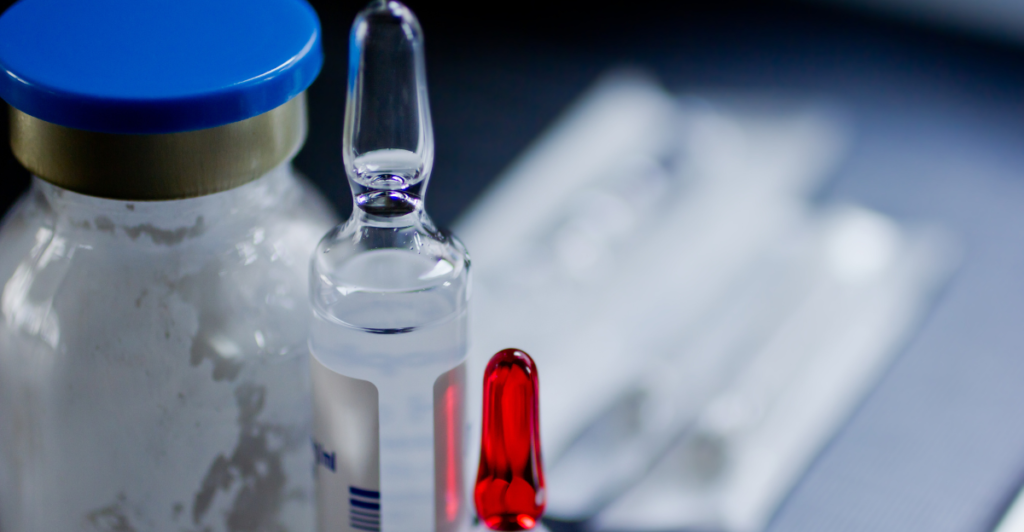
Meanwhile in the U.S.? Different story. Nearly 80% of antibiotics sold here go to animals—and most of those are classified as “medically important” for humans. Translation: The same antibiotics we rely on for pneumonia, infections, and post-surgery healing are being fed to cows, pigs, and chickens on the daily. Even though the FDA technically banned using them for growth in 2017, the loopholes are wide open. “Disease prevention” is the new label, and it still allows routine use. So yeah… America’s still deep in its antibiotic era, and the bacteria are catching
Superbugs Don’t Stay on the Farm
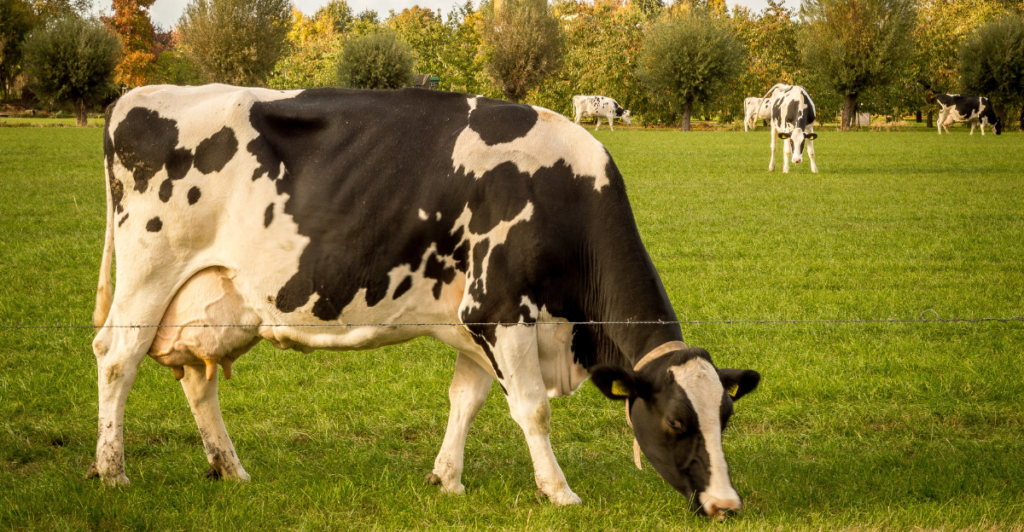
Here’s the creepy part: bacteria don’t care about state lines or species. Antibiotic-resistant germs bred on farms can hitch a ride through the food supply, the environment, and even farmworkers. That means your burger could be serving up more than protein—it could come with a side of superbug. Infections from resistant bacteria already kill over 35,000 Americans a year, according to the CDC. This isn’t just a livestock issue—it’s a public health crisis. And if we don’t pump the brakes, those miracle drugs we rely on? Useless.
The FDA Tried… Kind Of
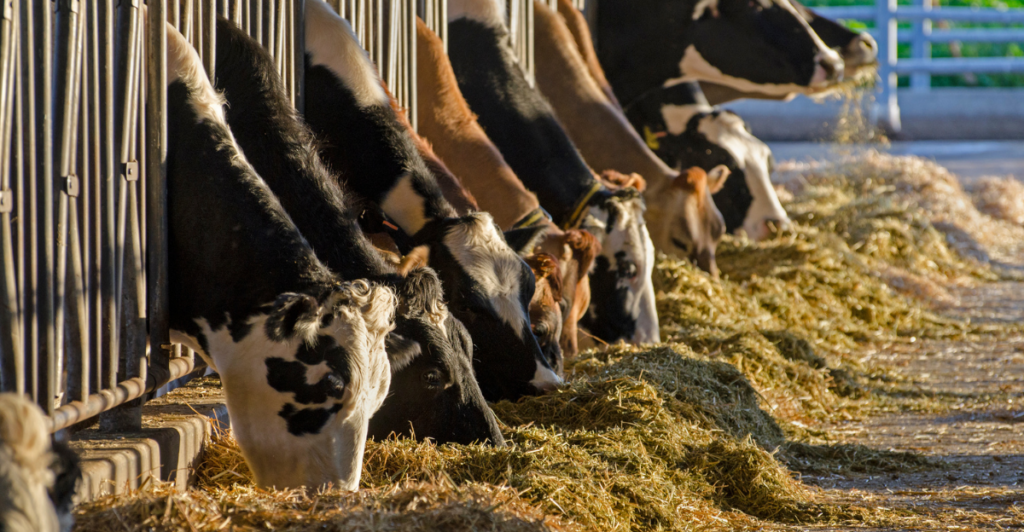
In 2017, the FDA rolled out Guidance #213, which phased out antibiotics for growth and required vet oversight. Sounds good, right? But here’s the problem: enforcement is weak, and “disease prevention” became the giant loophole everyone drove through. Plus, there’s no national tracking system for how antibiotics are actually used on farms. Without real-time, transparent data, it’s like trying to treat a disease without checking symptoms. The effort was more PR than policy—and superbugs aren’t impressed.
Why Change Is So Hard in the U.S.
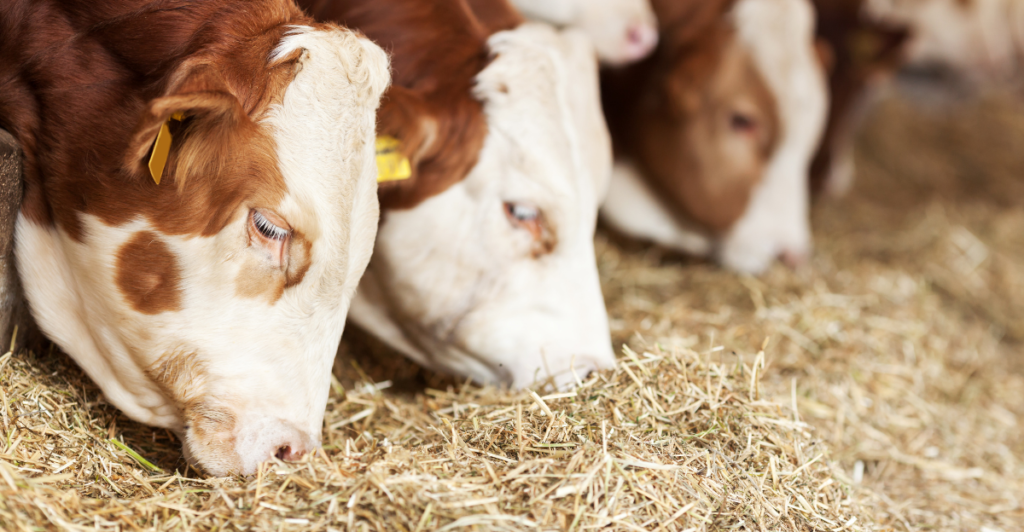
In theory, reducing antibiotics sounds great. In practice? America’s ag system isn’t built for nuance. Industrial-scale farms rely on antibiotics to prevent disease in overcrowded, high-stress environments. Changing that means changing everything—from animal housing to feed systems to profit margins. Add in lobbying from Big Ag and resistance from rural lawmakers, and you’ve got a recipe for inertia. The science is clear, but the politics? Messy.
Could It Work Here? Yes
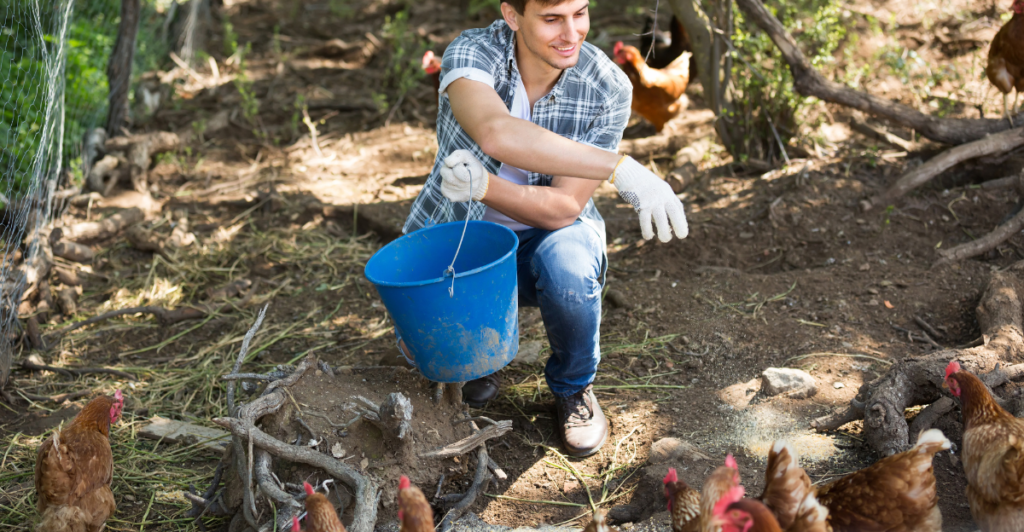
Despite the drama, U.S. farmers can cut antibiotic use—when they want to. Some producers, especially those supplying Whole Foods or organic markets, already operate under tight antibiotic rules and still turn a profit. Better animal welfare, cleaner housing, and routine vet care can reduce illness naturally. And guess what? Consumers care. One 2023 survey found over 70% of Americans prefer antibiotic-free meat when given the option. So yeah, it’s doable. We just need a little more policy, a little less shrugging.
Europe Left a Blueprint—Let’s Steal It
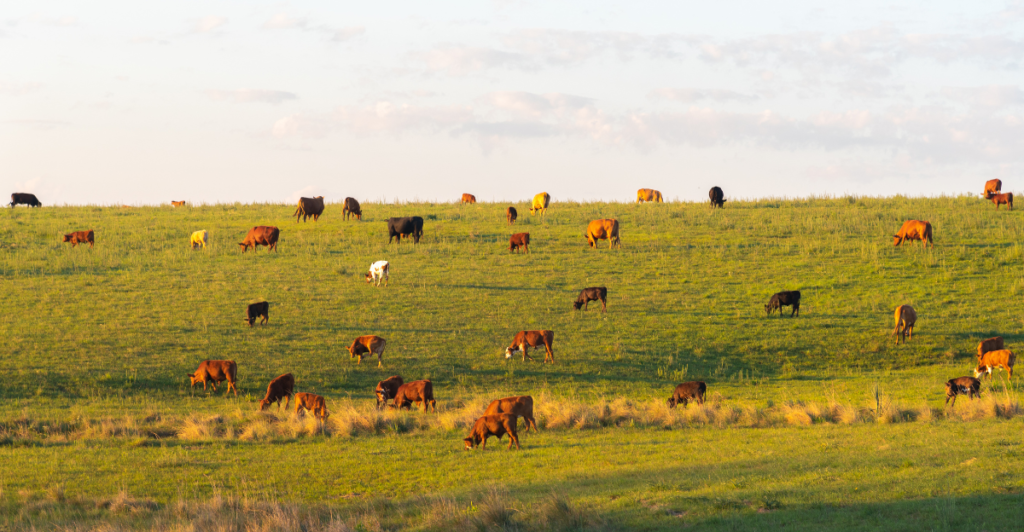
If America’s looking for inspiration, Europe left the entire playbook open. Start with banning preventative antibiotic use. Make tracking public and mandatory. Incentivize better animal welfare practices. And maybe—just maybe—stop treating livestock like production machines. Europe proved it’s possible to cut antibiotic use without hurting farmers or food security. What’s stopping us? Fear. Politics. And a whole lot of corporate pushback. But let’s be honest—none of those are great excuses when superbugs are in the wings.
Time for America to Wake Up
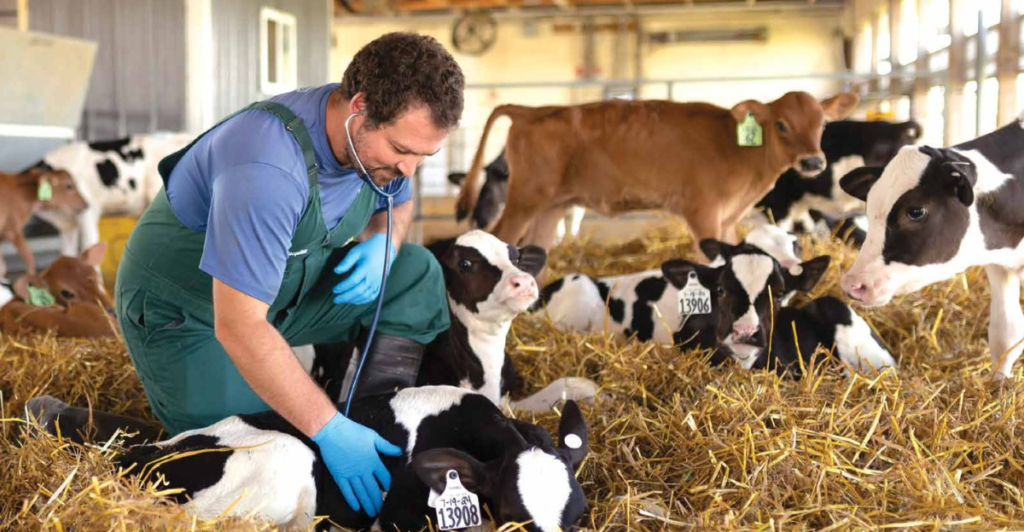
The U.S. is late to the game, but it’s not too late to change. Europe proved you can raise animals, protect public health, and still run a profitable meat industry—without flooding barns with antibiotics. America’s got the science, the consumer support, and the international pressure to act. What we need now is bold policy and real accountability. The longer we wait, the more power we hand over to bacteria. And, spoiler alert: they’re not going to play fair.
Explore more of our trending stories and hit Follow to keep them coming to your feed!

Don’t miss out on more stories like this! Hit the Follow button at the top of this article to stay updated with the latest news. Share your thoughts in the comments—we’d love to hear from you!







